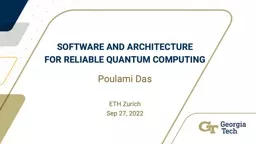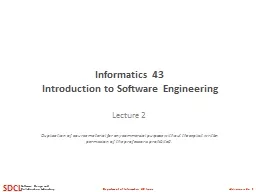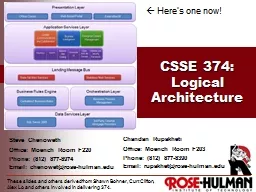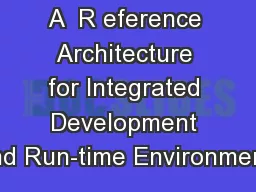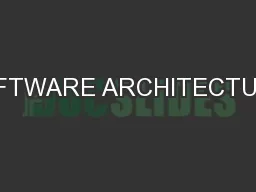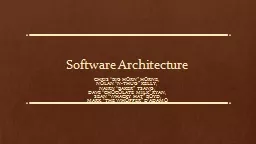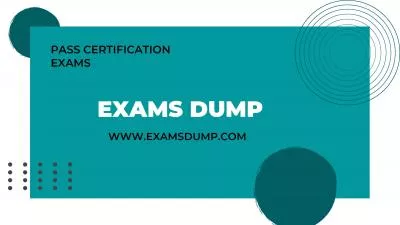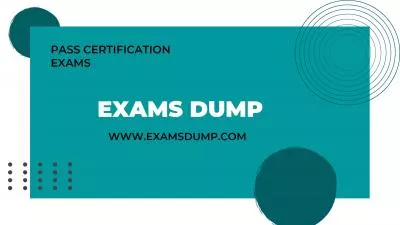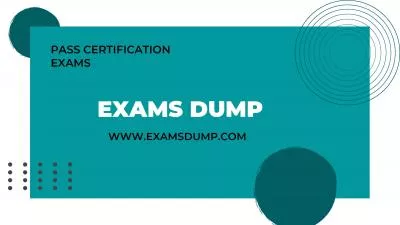PPT-SOFTWARE AND ARCHITECTURE
Author : martin | Published Date : 2023-05-29
FOR RELIABLE QUANTUM COMPUTING Poulami Das ETH Zurich Sep 27 2022 2 Why Quantum Computing Quantum computers can fundamentally change what is computable Quantum computers
Presentation Embed Code
Download Presentation
Download Presentation The PPT/PDF document "SOFTWARE AND ARCHITECTURE" is the property of its rightful owner. Permission is granted to download and print the materials on this website for personal, non-commercial use only, and to display it on your personal computer provided you do not modify the materials and that you retain all copyright notices contained in the materials. By downloading content from our website, you accept the terms of this agreement.
SOFTWARE AND ARCHITECTURE: Transcript
Download Rules Of Document
"SOFTWARE AND ARCHITECTURE"The content belongs to its owner. You may download and print it for personal use, without modification, and keep all copyright notices. By downloading, you agree to these terms.
Related Documents

